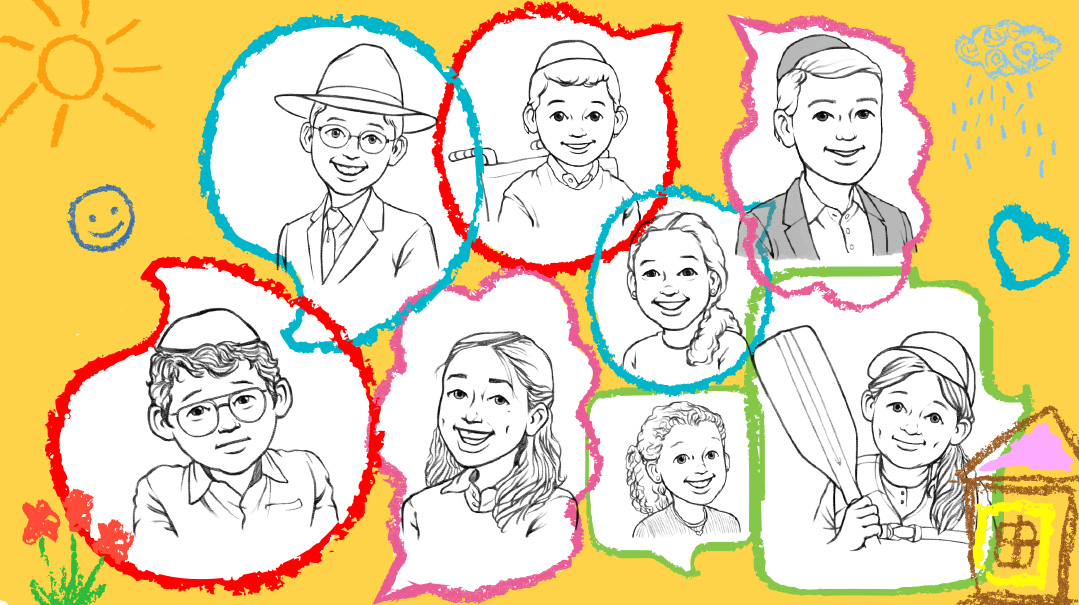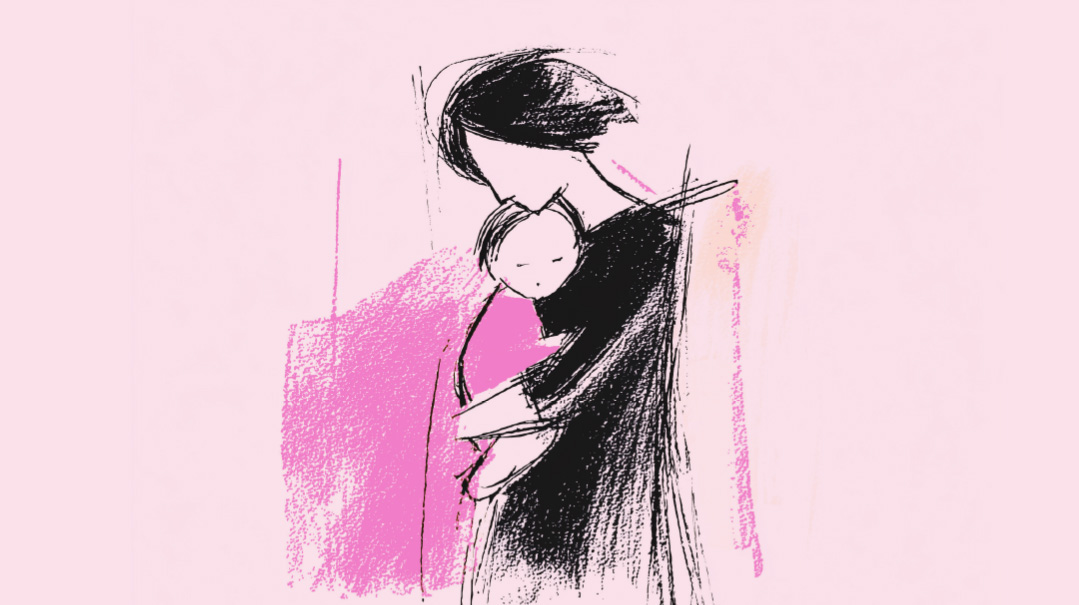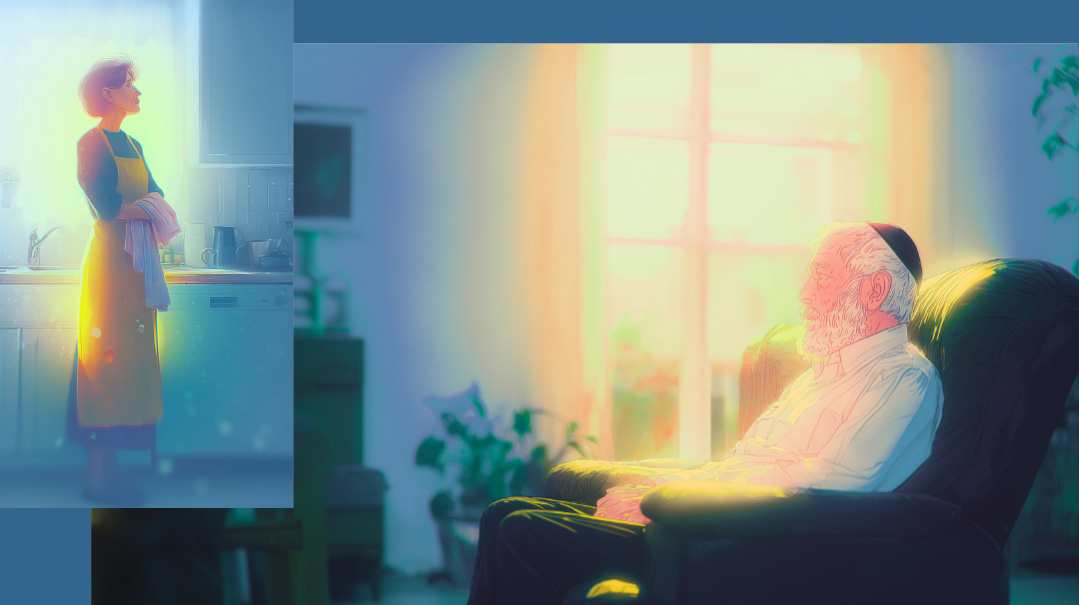By the Book

Zivia Reischer on why she tells kids’ stories — and what she learned

“Why don’t you write books for adults?” I sometimes get asked. The question makes it sound like it’s a choice I made, but it doesn’t really work like that. The creative process is part science and part art, and the decision regarding what to write about is the art part.
If that sounds flaky, then here’s the real answer: I love kids; I love the journey from childhood to adulthood.
This project — a collection of first-person accounts by kids — is different from the other books I’ve written, because my other books are novels. The stories here are kids’ stories — their lives and experiences through their own eyes. For some of the stories I interviewed kids, but most of my interviewees were adults who talked to me about things they experienced as kids. (A few of the stories aren’t based on interviews with the protagonist, but rather on my interpretation of things I saw or heard.)
It was a unique experience, to hear about both typical and unusual events through the eyes of children. I started working on My Story in January and completed it in July. After six months of looking at the world through kids’ eyes, this is what I learned.
Everyone needs a witness.
When I did these interviews, I knew what I was getting — great material for an amazing book. But I was dumbfounded by what the interviewees got out of the process. Several of them told me how therapeutic it was for them to simply tell someone the story. (“Better than ten therapy sessions,” said one person, who was in therapy to process the experience.)
I’m just a writer. All I did was write what they told me. I didn’t offer any insight or interpretation. I didn’t even really discuss the stories much; the subjects did all the talking. But that was what they needed — the chance to tell their story, to be seen and heard.
Oops! We could not locate your form.







